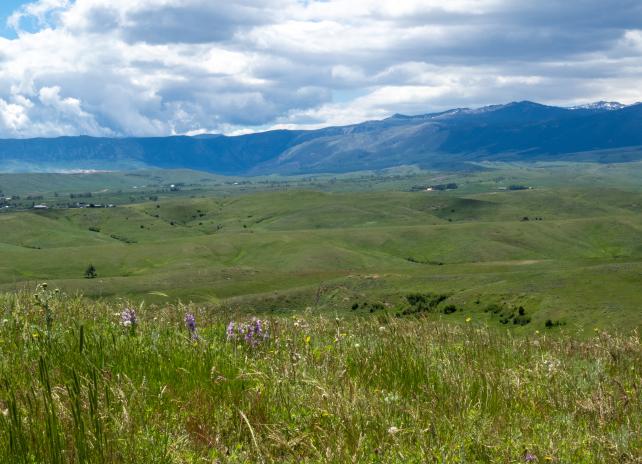
Landowner of the Year
The Landowner of the Year award is presented to Wyoming landowners who have demonstrated outstanding practices in wildlife management, habitat improvement, and conservation techniques on their properties. These landowners also cooperate with the Wyoming Game and Fish Department to provide access to hunters and anglers on their properties. Award recipients are nominated by any department employee and selected by regional leadership teams as model citizens for the conservation, ethical use, and stewardship of Wyoming’s natural resources.
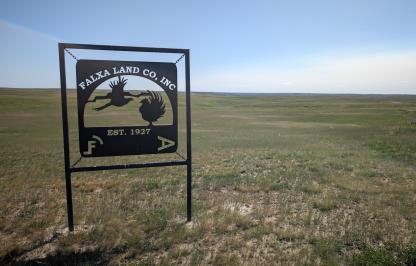
2025
Sheridan Region
Landowners: Betty and Martin Falxa
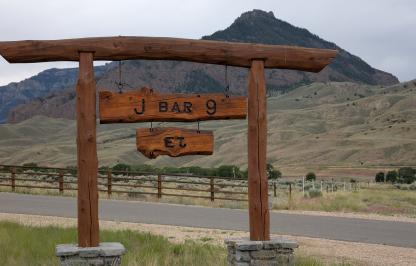
2025
Cody Region
Landowners: Bob Curtis and Family
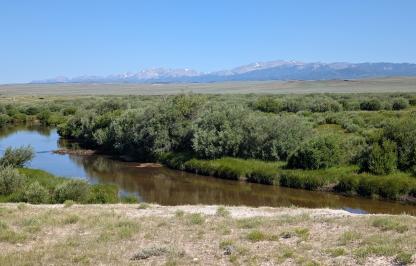
2025
Lander Region
Landowners: Mary Hay, Tom and Savanah Chant and Family, Archie and Lesa Chant and Family
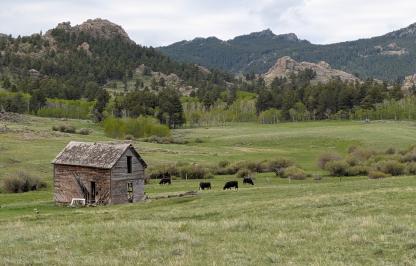
2025
Casper Region
Landowners: Mark and Angela Grant and Family, Craig & Mary Grant and Family
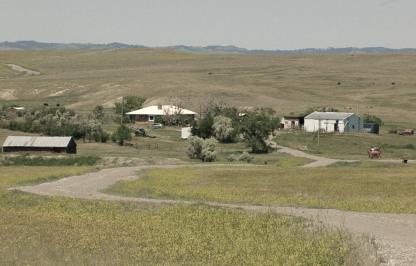
2024
Sheridan Region
Landowners: Jim and Bobbie Bush
2024
Green River Region
Landowners: Pete and Sue Arambel, Tom and Mike Triplett, Dale Thrash, and John and Joy Erramouspe
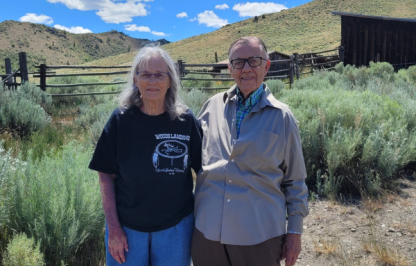
2024
Laramie Region
Landowners: Fred and Patricia Hansen
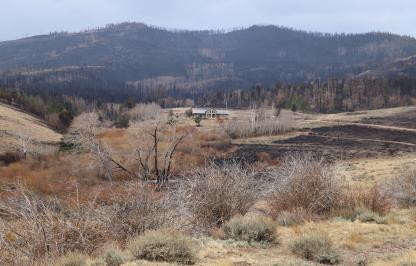
2024
Laramie Region
Landowners: Al and Barb Johnson
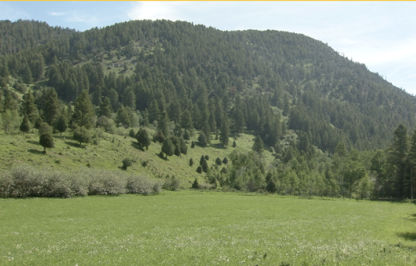
2022
Jackson Region
Landowners: Richard and Brenda Bateman
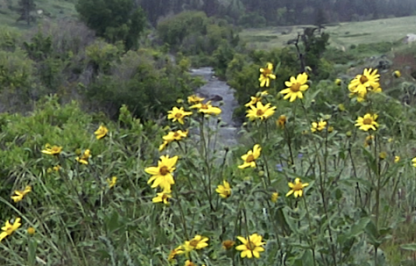
2022
Laramie Region
Landowners: Bookout, Gerig, Nott and Burke Family
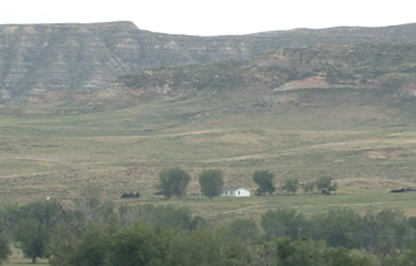
2022
Sheridan Region
Landowners: Kathleen Hollcroft and Sam Reinke
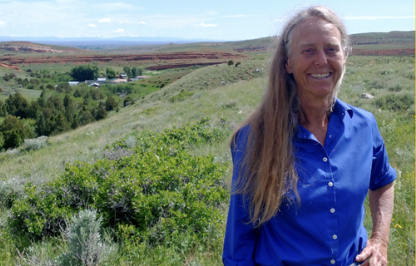
2022
Lander Region
